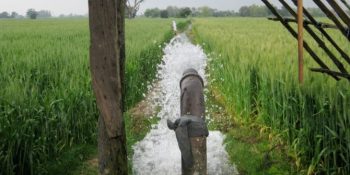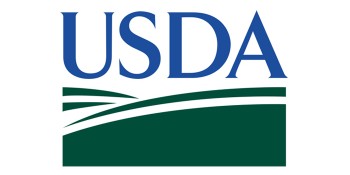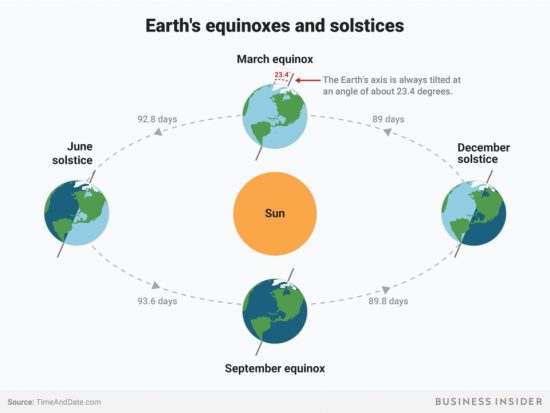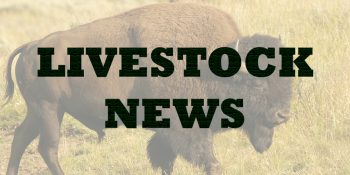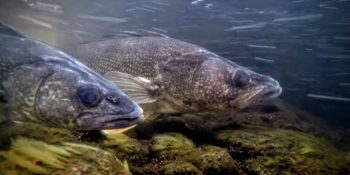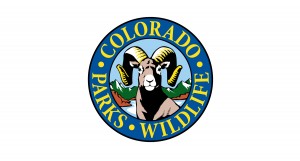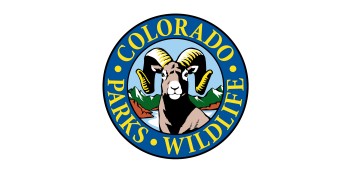LYONS, CO – State officials have confirmed the presence of emerald ash borer (EAB) – an invasive, highly destructive tree pest – in the Town of Lyons in northern Boulder County. This new detection is still just within a quarantine area established to try and prevent the human-assisted spread of EAB. However, it represents the fourth community with confirmation of EAB in Colorado outside the City of Boulder, where the pest was first detected in 2013.
An estimated 15 percent or more of all urban and community trees in Colorado are ash species susceptible to being killed by EAB – and a majority of these trees are on private land. EAB attacks and kills both stressed and healthy ash trees and is so aggressive that trees typically die within two to four years after becoming infested.
An arborist recently identified an ash tree on private land in the vicinity of 4th Avenue and Broadway Street in Lyons as potentially infested with EAB. The property manager notified members of the interagency Colorado EAB Response Team, which is working to manage the spread and impacts of the pest in Colorado. An adult beetle specimen found in the tree was provided to the Colorado Department of Agriculture (CDA) and then confirmed by Colorado State University experts as being EAB. The infested tree and surrounding trees also are being examined by experts from the CDA and Colorado State University Extension.
So far only the one tree has been identified as having EAB in Lyons, but town officials are looking into nearby ash on public property. Most trees in the immediate vicinity are on private property so assessment of other nearby ash will require coordination with private property owners.
It is unknown whether EAB arrived in Lyons by natural spread or via accidental human transport, such as in firewood or other raw ash material. Populations of the insect are capable of spreading a half-mile each year on their own, and the City of Boulder is less than 15 miles to the south.
EAB was first confirmed in Colorado in September 2013, in the City of Boulder. That fall, the CDA established a quarantine zone around Boulder County in an effort to protect the state’s ash trees.
EAB has also been confirmed in Gunbarrel, Longmont and Lafayette – all within Boulder County. At this time, EAB has not been detected in Colorado outside the county or the EAB Quarantine area. However, the pest is extremely difficult to detect when its numbers are low in an area.
The EAB Response Team remains committed to EAB outreach and detection efforts in Boulder County and surrounding areas, in addition to enforcing the quarantine. Over the past four years the Colorado State Forest Service (CSFS), partnering with Boulder County and the City of Boulder, has set hundreds of traps targeting EAB to try and detect its presence along roadways within Boulder County. The CSFS also is currently developing detection strategies with communities in Larimer County – the southern border of which is only a few miles north of Lyons.
EAB tips for Boulder County and Front Range Residents:
Determine now if you have any ash trees. Identifying features of ash trees include compound leaves with 5 to 9 leaflets; leaflets, buds and branches growing directly opposite from one another; and diamond-shaped bark ridges on mature trees. More information about a related app for mobile devices is available at www.csfs.colostate.edu/emerald-ash-borer. If you have an ash tree, start planning. Decide if the overall health of the tree merits current or future treatment or if it would be best to remove and replace it with a different species. If you aren’t sure, contact a certified arborist. If pesticide treatment is the preferred option, the applicator must be licensed by the CDA as a Commercial Pesticide Applicator. Recognize signs of EAB infestation. Property owners with ash trees should be on the lookout for thinning of leaves in the upper tree canopy, 1/8-inch D-shaped holes on the bark and vertical bark splitting with winding S-shaped tunnels underneath. Report suspect trees by calling the Colorado Department of Agriculture at 1-888-248-5535 or filling out their EAB Report Form at https://www.colorado.gov/pacific/agplants/eab-identification-and-reporting. Be aware of EAB imposters. Other insects like lilac/ash borer, ash bark beetle and flat-headed apple tree borer may look like EAB or cause similar tree symptoms. For more information, visit www.eabcolorado.com. Help prevent further spread of EAB. Do not transport ash or any hardwood firewood, or any other untreated ash wood products, to other locations. Boulder County and some surrounding areas are under a federal EAB quarantine, allowing for significant fines for those who move untreated wood from the area.
For more information about ash tree identification, the symptoms of EAB and treatment options, go eabcolorado.com or csfs.colostate.edu/emerald-ash-borer.
SPREAD THE NEWS
COMMENT, Like, Follow & SHARE @I70Scout
